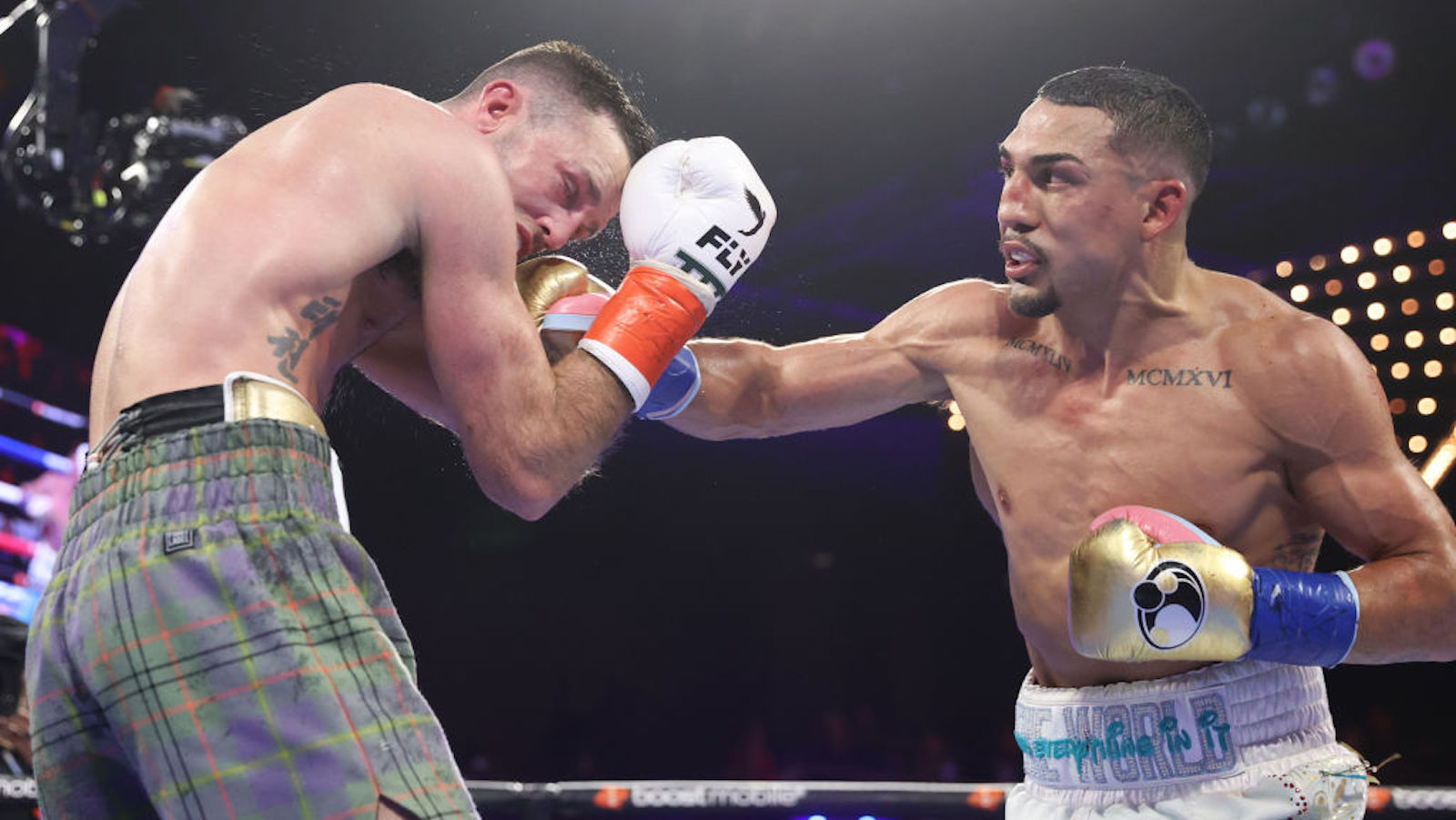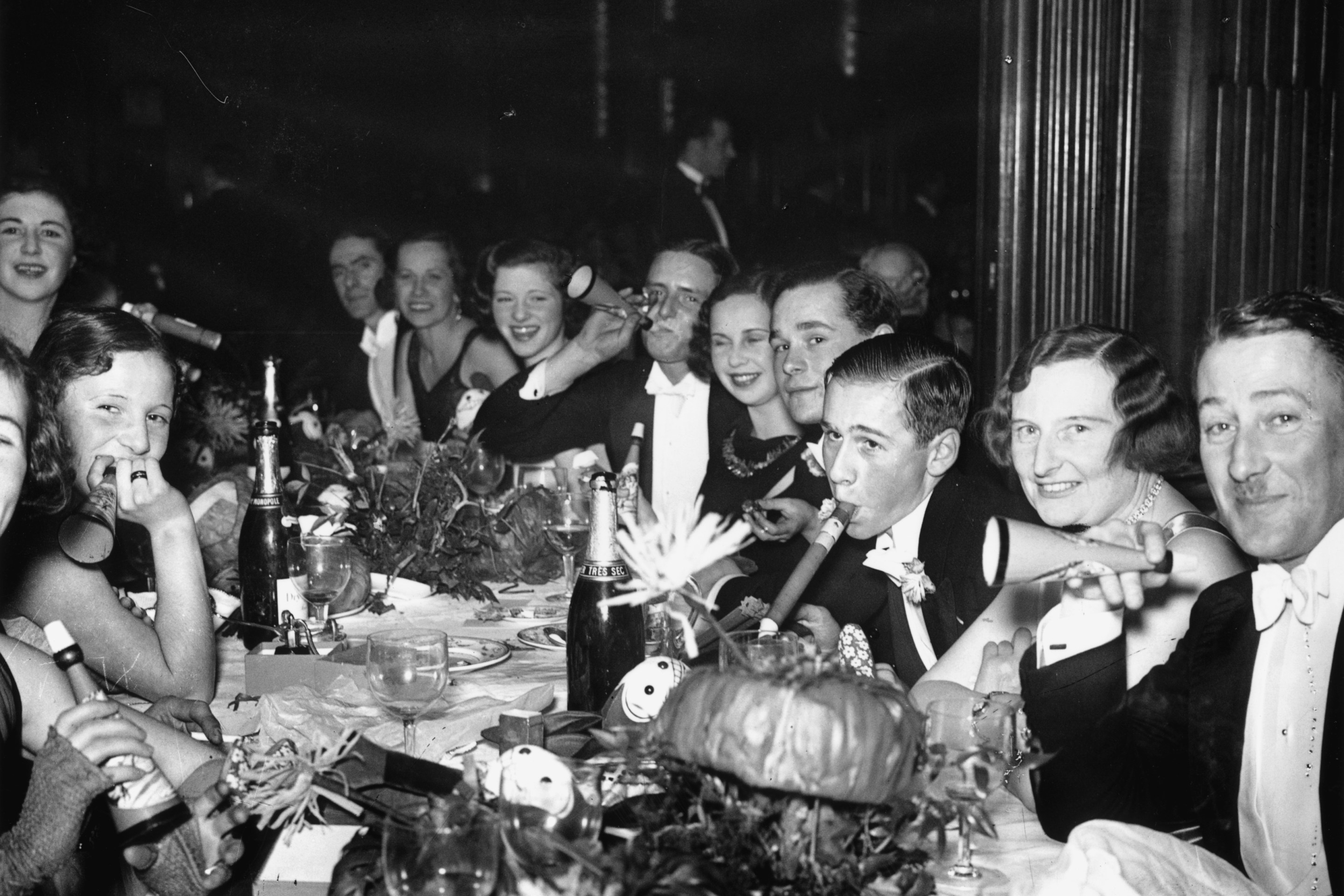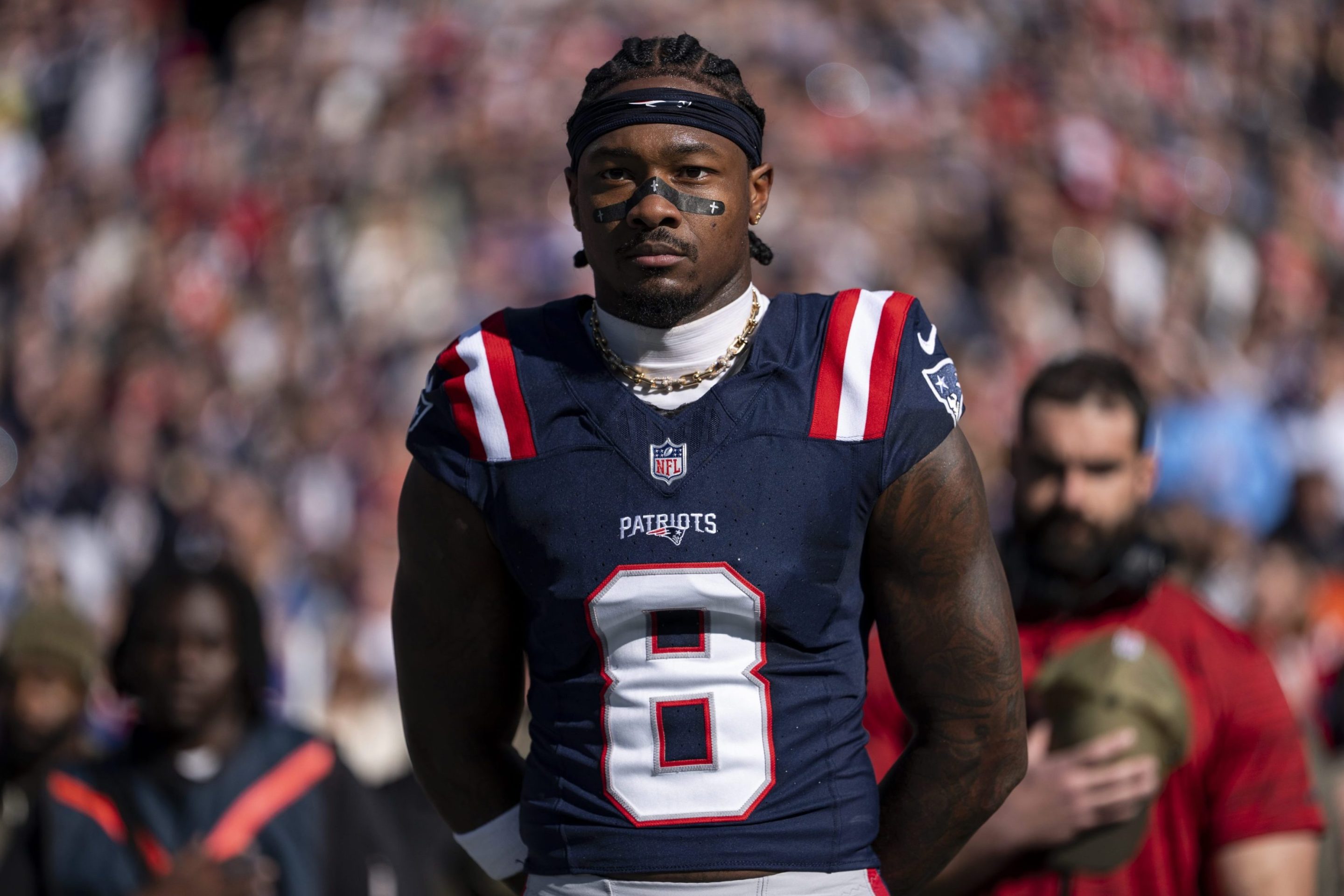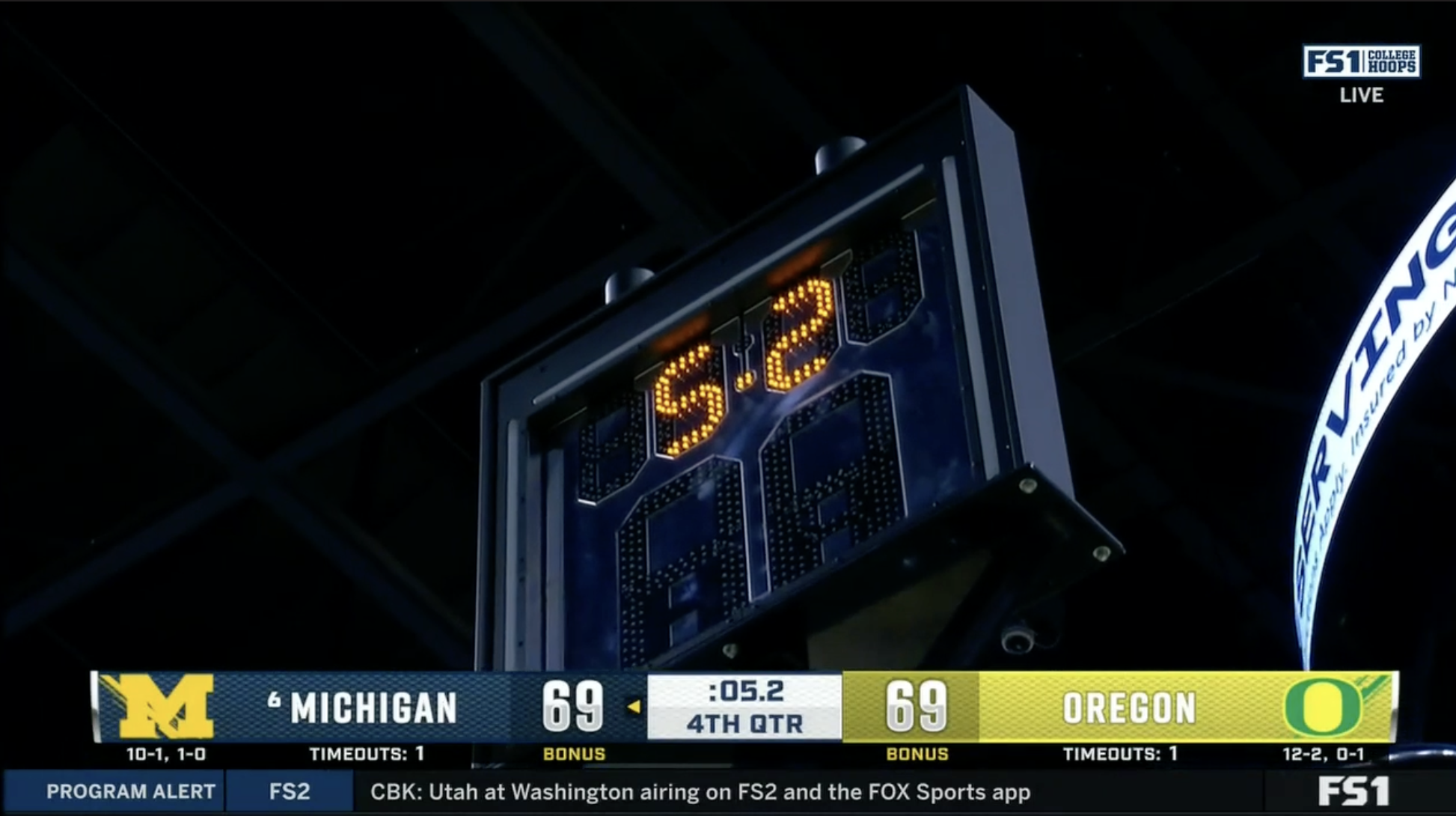The human mind is unknowable. Isn’t that what the behavorists said? We can only know what people do, not what they think. The folly of Freud, of Jung, of … whoever the other famous psychiatrists were was to imagine that they could possess insight reserved for god. Their reckless self-assurance spawned a widespread belief in the value of speculation that can never be verified nor disproven. The truth is that our knowledge of others stops where the skull begins. No matter how hard you try, you can’t reach your hands into their head and scoop out the swirling motivations within. All you can do is punch it and hope for the best.
If you emerge from the A train at the Eight Ave and 33rd Street exit you see the Empire State Building rising up as you climb the stairs. When you reach the sidewalk the entire majestic tower is facing you, standing to the left of the curving wall of Madison Square Garden, and you are struck with a powerful feeling that you are living an iconic New York moment. Approached from any other direction, the arena looks like a giant office wastebasket surrounded by unhappy Long Islanders. The World’s Most Famous Arena—this shithole? is the disappointing feeling inculcated by gazing toward MSG from the east or north or south. By entering from the west you can preserve your urge to begin belting out “Newwwww Yorkkkkkkkk!” in a Frank Sinatra voice as Manhattan unfolds around you. This is a feeling that must be treasured.
On Saturday night, though, it would have been more appropriate to sing "Gasolina" as your walkup music. Sunday was Puerto Rican Day in New York City. Every year, there are fights at Madison Square Garden the night before the Puerto Rican Day parade to soak up the many Puerto Rican fans. (An Irish fighter is always dragged out to fight the night before St. Patrick’s Day for the same reason.) For years, Miguel Cotto, a legitimate top-class world champion from Puerto Rico, would fight on this night, basking in the ecstasy of being the hero of the city’s million Puerto Ricans. Now, unfortunately, Cotto is retired, and Top Rank Boxing is desperately casting about for the next young Puerto Rican superstar to take his place on the calendar. Felix Verdejo was a promising prospect being groomed for this role for a while, but in 2021 he was arrested and charged with murdering a woman who was pregnant with his child. He won’t be coming back to the Garden.
This year, the best that Top Rank could do was to fill the undercard with young Puerto Rican fighters, in hopes that a Cotto successor would reveal himself. Their best contender is Xander Zayas, a precocious 20-year-old who beat on a game Ronald Cruz for eight rounds, but couldn’t knock him out. Even in the best case scenario, Zayas is a few years away from being polished enough to headline the Puerto Rican Day card on his own.
So the main event on Saturday night was a Brooklyn guy, whose family came from Honduras, versus a Scottish guy. The usual solid expanse of Puerto Rican flags filling the crowd looked, this year, more like the grab bag of flags outside the UN. The raw pleasures of nationalism were replaced by the more subtle pastime of psychoanalysis.
Sometimes you can tell who is going to win a boxing match just by thinking about how the fighters fight. Who is stronger, faster, slicker? Other times, though, it is a much murkier question that depends on making certain judgments about which fighter is more mentally there. Has a previous loss shattered his confidence? Has the lavish lifestyle of sports stardom sapped his will to train? Has the accumulated punishment of a lifetime of punches finally tipped his motives away from aggression and into self-protection? You try to figure out these things based on clues that are always inadequate. You scour their behavior in each passing fight for signs that he has lost that ineffable, irrational desire to do this thing that is slowly killing him.
Both of the fighters on Saturday were ripe for this. Brooklyn’s own Teofimo Lopez, whose nose is flat like a cliff face, has a crazy boxing dad who has molded him from a young age, which by itself is some of the richest soil for fucked up psychological abuse that you could ever imagine. In 2020 Lopez defeated the mythological world champ Vasiliy Lomachenko, which made him the hottest thing in boxing. Then Lopez proceeded to be picked apart by a lesser fighter in his next fight, and lose. Then he moved up in weight to 140 pounds and beat a couple of lesser opponents in spotty and sometimes lackluster ways. As these things were going on he gave a bunch of weird quotes to the press that really made you wonder if maybe he should stop boxing and go to therapy for a number of years. But of course, because he has a crazy boxing dad, and because he’s only 25 and has a lot of money to still be made, and because the sport of boxing is not a nurturing one, he kept fighting. Did he “still have it"??? He still had his hand speed and knockout power and fast twitch legs … but was he still there? These are the foolish things that boxing fans muse about.
Likewise, his opponent, the Scottish super lightweight world champion Josh Taylor, looked kind of bad in his last fight. He got knocked down and won a controversial decision. Was he done? Was this it for him? Which guy was harboring more of a dark and secret brokenness inside? Which guy was trying to conceal from the world that boxing had damaged him beyond repair already? We boxing fans make a sick pastime of chewing over these questions. Nobody really knew. The fight would be the pitiless measuring stick of which man was losing his superpowers before our eyes. Instead of therapy, we have war.
Josh Taylor is tall and when he splays his legs wide his short trunks pull up over his knee and he looks like an old-timey boxer from a century ago. He has that ubiquitous fashy close-fade haircut and he came into the ring in a tartan robe with bagpipe rock music playing. A perfect UK boy. Lopez entered to “Juicy” by Biggie and thereby solidified his hometown advantage. He had gold gloves, which was not unusual, but these gloves were unusually shiny, as if they had been polished to a gleam. His outfit was emblazoned with Walt Disney and Bud Light logos. Really. What the fuck? I felt like I was on acid. Was this some anti-culture war shit? There is certainly an answer to this question that I could report but I am choosing not to, to preserve the weird and disorienting feeling of my two worlds of politics and boxing intersecting. Or maybe Lopez is just on some weird Disney fan shit? You couldn’t quite read the subtext. It felt appropriate for the underlying uncertainty of the fight. Someone was going insane here. Him, or us?
What has made Josh Taylor successful is that he is tall but not particularly uncoordinated and he uses his legs to move around for the entire fight. The combination of being tall with a long reach and also constantly moving makes a fighter hard to approach and kill. Lopez is extremely athletic, and can jump around, but his nature, as with all punchers, is to plant his feet and knock you out during a stable exchange. Therefore it was imperative that Taylor keep moving all night. He needed to stay on his bike, as they say.
He did not. He stood in front of Lopez and traded punches. This was not wise. Was he driven to this by rage after Lopez had vowed to kill him in pre-fight interviews? Was he so old that he had “lost his legs?” He seemed determined to drive Lopez to a state of distracting rage. His jab hand, held out front, constantly flitted up and down, making him look like a 1930s movie actor vowing, “Why I oughta!” At one point he reached out to tap gloves with Lopez in pseudo good sportsmanship gesture, and then popped a jab into his face. Genuine hatred, or juvenile fear? A fount of strength, or a sign of weakness?
Lopez, perversely, seemed to need this provocation. He is a sharper fighter than Josh Taylor and since he didn’t have to chase him down, he could stand in front of him and slip his punches and crack him with hard counters. Over and over. Yet he never seemed to embrace the goal of finishing the fight. He would land a hard right on Taylor’s face, or leap in and catch him with a left hook that came too fast to block, and Taylor would stumble, and then Lopez would just reset to do it all over again. He never rushed in for the kill. This could mean that he was not a “finisher”—that his heart possessed no real killer instinct—or it could mean that he was such a sadist that he wanted to torture Taylor, to demonstrate his dominance round after round, to reveal his inadequacies to the world and prolong his suffering. It became clearer with each passing round that Lopez could counter Taylor at will; that he was a fighter with more depth to his game, and that the chasm between the two would only grow with time. But his vague disinterest in showing the extra burst of exertion it would take to knock Taylor out felt odd. Which theory was being validated here, exactly? Taylor was being beaten thoroughly, but he never stopped pressing forward. Was this proof that he has passed his peak? Or proof that he is as tough as ever? Was Lopez’s domination proof that the doubts about him were all wrong? Or was his failure to finish proof that he had lost the bloodlust he needed? Who was who? What were we seeing? Schrodinger’s boxing match swirled, and the crowd ooooohed with each sweat-spraying punch, and the subtexts remained stubbornly unanswered.
None of us could peer into the minds of the men below. What a big waste of time. We, the boxing fans, should be analyzed more than the fighters. Lopez won the fight. Afterwards, he vowed that he was going to retire now, forsaking millions of dollars he could still earn. Ravings of a scrambled brain? Or a moment of clarity? The fans will yell at him either way. We don’t have time for these men to indulge in therapies that don’t play out for our benefit, in a boxing ring. All we want is war.







